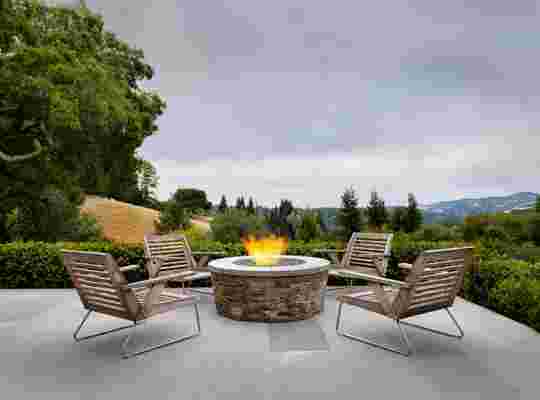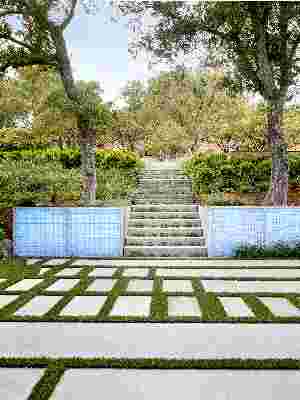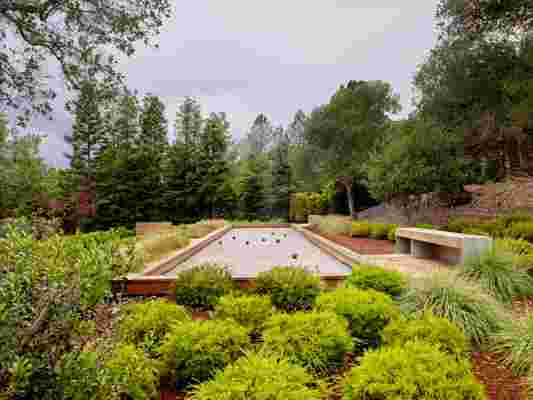April 04,2022
These Landscape Whisperers Unearth the Gardens of Tomorrow
by David Stewart
Eric and Silvina Blasen are so grounded and thoughtful that their presence might assuage the raw nerves of their billionaire clients much as the gardens they design do. “Gardens are a place to reflect, calm down, stop, look, listen, and heal,” says Silvina, a horticulturalist. “Our landscapes are clean, deliberate, respectful of nature. Everything has a purpose. We avoid the glitzy and overly ornamental,” says Eric, a landscape architect. While one 22-acre landscape that they “sculpted out of the topography,” as they put it, has six full-time gardeners and an organic meadow that had to be weeded by hand for the first five years, most of their clients prefer lower-maintenance environments. Indeed, sustainability is an integral part of their philosophy.
The Blasens start their intelligent designs with a detailed study of the site, its northern and southern orientations and seasonal microclimates. They believe in having a “light touch on the land,” as they say, so they often recommend building in the same footprint as a pre-existing home. Then they work around natural landmarks such as saddles in the hillside and major trees. For their own treehouse of a home in Marin County , they focused on framing their view of Mount Tamalpais and displaying the property’s California live oaks, black oaks, and valley oaks. They “edited the landscape,” as Silvina puts it, by removing invasive plants and failing species, then created “rooms”—sitting areas for different times of day and occasion—through hardscape features like crushed stone paths, concrete board-form retaining walls, and diverse garden furniture. Their softscape interventions included the planting of a harmonious spectrum of native and climate-adapted plants such as ceanothus and manzanitas.



In California and many other parts of the U.S., water is a problem. When they opened their practice in 1993, the firm received a lot of requests for English gardens, but the plants didn’t do well, burning under the California sun despite profuse watering. Even though their clients are now better informed about the environment, the Blasens still have to dissuade them from passé motifs such as lavender fields. “Lavender is short-lived, gets woody in three years, and constantly needs replanting. It’s not sustainable,” explains Silvina. While not native, palm trees are a happier addition to the landscape. “Palms fit in in a historic context,” says Eric. “The Victorians loved their palms; they were great collectors of plants. We use palms sparingly. They can work well in a sunny spot near a swimming pool.”






